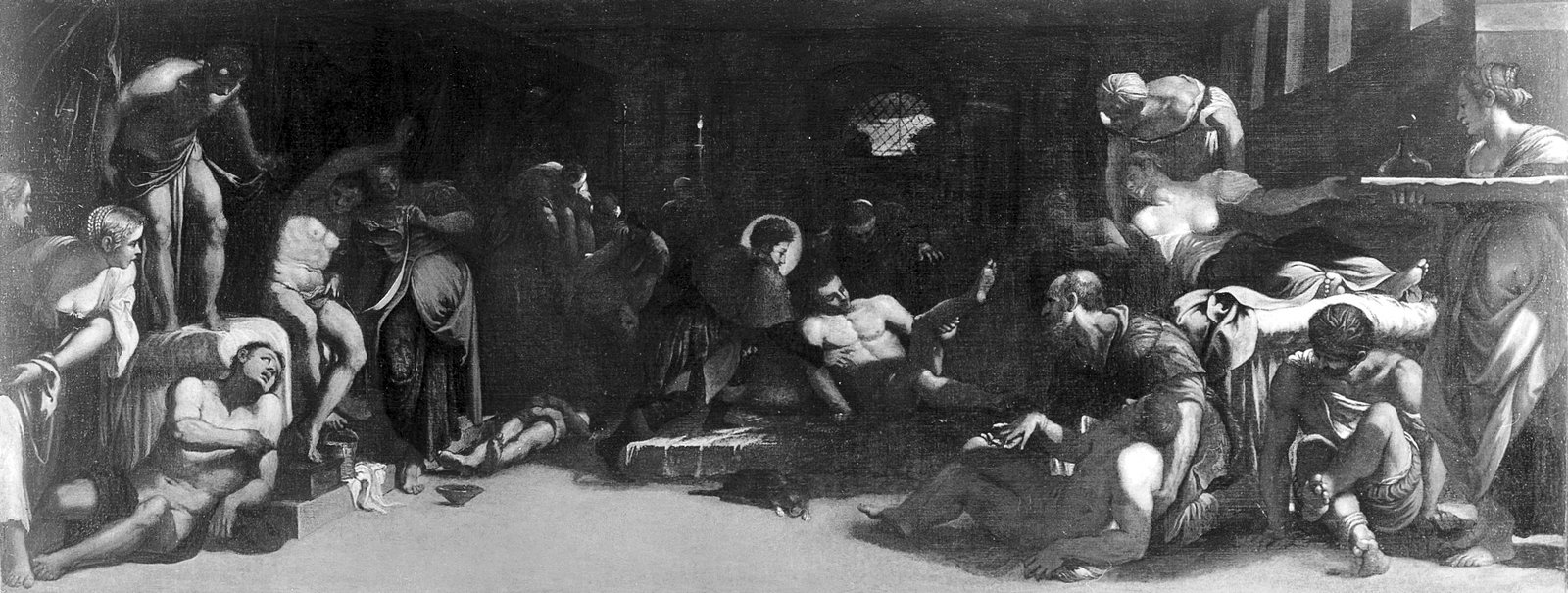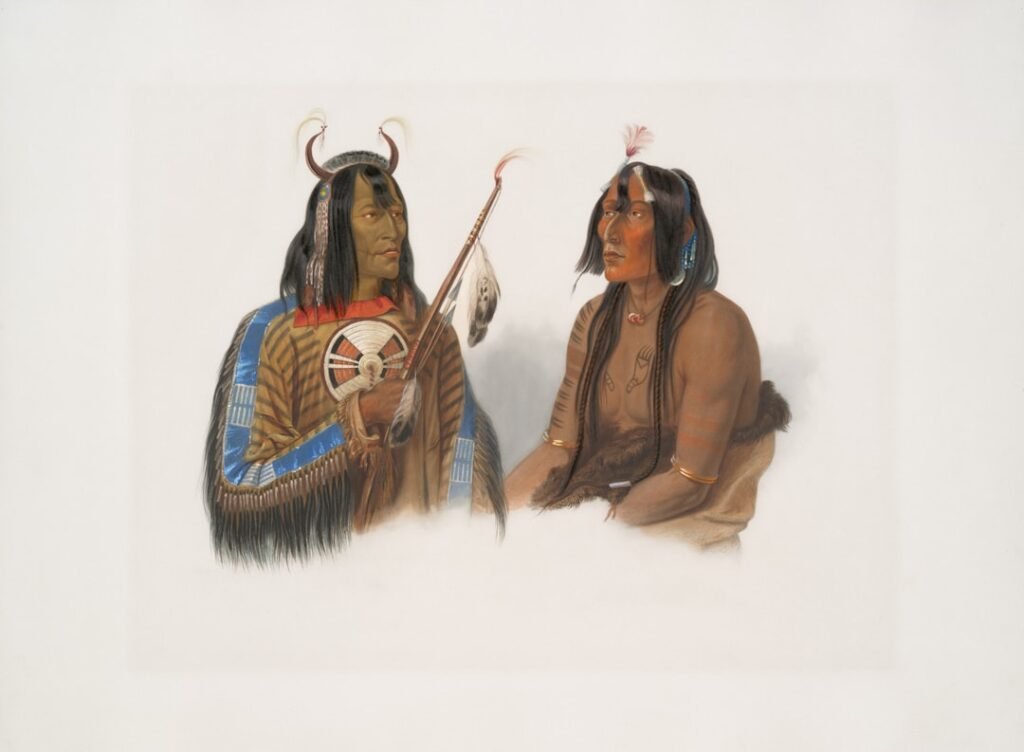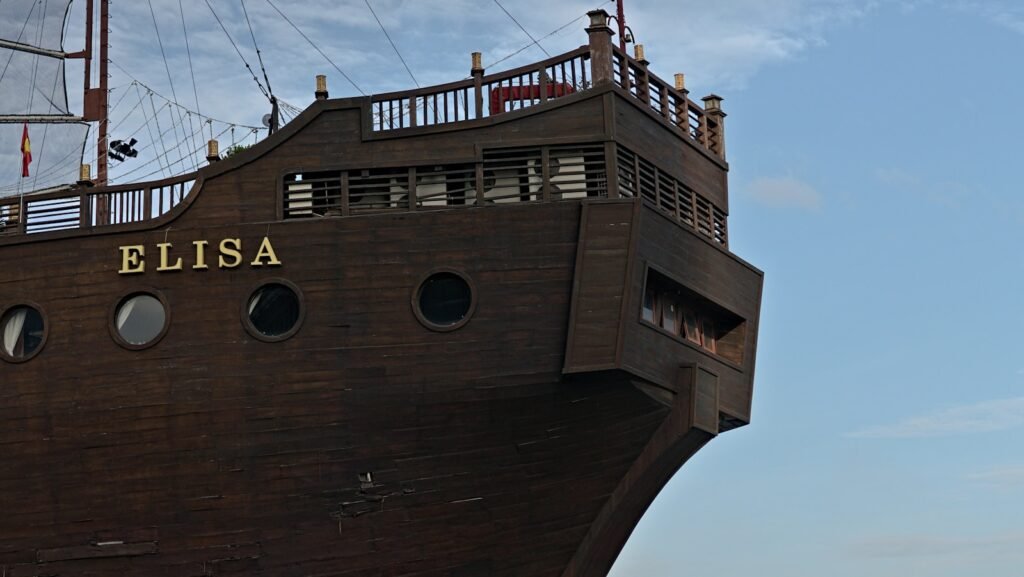Venice, the city of shimmering canals and masked mysteries, hides a darker story beneath its ancient stones. Imagine: the year is 1576, the air is thick with the stench of death, and the world as Venetians know it is crumbling under the weight of the plague. In the narrow alleys and crowded cemeteries, a new terror takes hold—not just of disease, but of something far more chilling: the fear of vampires rising from their graves. This isn’t just folklore whispered in the dark; it’s a real, bone-chilling chapter of history where science, superstition, and survival collided. What drove ordinary people to believe in blood-sucking fiends? The answer is buried deep in the soil of Venice, beneath shattered coffins and skulls with bricks jammed in their jaws.
The Plague’s Devastation in Renaissance Venice

The Black Death didn’t just kill—it shattered the very fabric of life in Venice. Streets once filled with laughter became silent, and entire families vanished overnight. The plague swept through with relentless speed, leaving behind a city in mourning and chaos. Mass burials became the grim routine, with bodies stacked in pits, stripped of dignity or ritual. The living, desperate for answers, turned to whatever explanations they could grasp—often, the supernatural. The sheer scale of death left scars that would last for centuries, both in the city’s stone and its psyche.
Graveyards as Battlegrounds of Belief

Venetian cemeteries were not just places to lay the dead to rest—they became theaters of fear and suspicion. As the plague raged, the hurried burials gave rise to unsettling sights: corpses seemingly disturbed, blood at the mouth, and strange postures. For people who didn’t understand decomposition, it was all too easy to leap to supernatural conclusions. These graveyards became battlegrounds, where the line between the natural and the unnatural blurred, and where the seeds of vampire legends took root.
Discovery of the “Vampire of Venice”

In 2006, archaeologists made a shocking discovery on the Venetian island of Lazzaretto Nuovo. Unearthed from a mass grave was a skeleton with a brick lodged firmly in its mouth—a bizarre, almost theatrical sight. This “Vampire of Venice” instantly captured imaginations worldwide. The unusual burial was not an accident; it was a desperate attempt to prevent the corpse from feeding on the living. The find offered a rare, tangible link between historical fears and the myths that continue to haunt us.
Medieval Misunderstandings of Death

Without the lens of modern science, medieval Venetians misread the signs of decay. They saw blood oozing from mouths, bloated features, and bodies that seemed to move in the grave. These were, in fact, normal processes of decomposition, but to terrified survivors, they looked like evidence of vampirism. It’s a reminder of how easily fear can twist reality, and how a lack of knowledge can give rise to monsters of the mind.
The Power of Superstition and Ritual

Superstitions flourished in times of crisis. In Venice, people clung to rituals—like stuffing bricks into the mouths of suspected “vampires”—to regain a sense of control. These practices were more than just symbolic; they were acts of protection, both for the living and the dead. Such rituals reveal the lengths to which communities will go when fear eclipses understanding, and how myths can shape even the most intimate moments of life and death.
Plague Doctors: Science Meets Folklore

The image of the Venetian plague doctor, masked and cloaked, is iconic. These doctors straddled the line between emerging medical science and ancient superstition. While some offered real treatments, others reinforced the idea that evil spirits or supernatural forces were at work. Their presence added to the air of mystery and dread, blurring the boundaries between medicine and magic in a city desperate for hope.
The Role of Isolation in Spreading Myths

Venice’s geography—its islands and canals—created a unique sense of isolation during the plague. Cut off from the outside world, rumors and stories spread like wildfire within the city’s walls. In this claustrophobic environment, the fear of vampires and the supernatural became almost contagious. Myths grew in the shadows, fed by anxiety and the unknown, and soon became an inseparable part of the city’s cultural fabric.
Brick-Jawed Burials: A Desperate Defense

The practice of placing bricks or stones in the mouths of the dead was not unique to Venice, but it found a grim foothold there during the plague. People believed this would stop vampires from rising and spreading disease. This act, though rooted in fear, was a powerful symbol of resistance—a community’s last stand against the horrors they could not explain. It’s a chilling example of how folklore can become literal, shaping even the rituals of burial.
How Science Unmasks the Vampire Myth

Modern forensic science has helped unravel the mystery behind these strange burials. We now know that post-mortem changes can explain the gruesome signs once attributed to vampires. Gases can cause corpses to bloat, and fluids may leak, giving the impression of recent feeding. By examining the physical evidence, scientists have shown that the monsters were never real—only a reflection of fear and misunderstanding.
The Origin of the Blood-Sucking Legend

Why blood? The vampire myth’s focus on blood likely arose from the visible signs of decomposition and the symbolism of blood as life itself. In a world where disease seemed to drain vitality, the idea of a creature feeding on blood made a twisted kind of sense. This symbolism persists in vampire stories today, a haunting reminder of how ancient fears still pulse through our veins.
Women and the “Vampire” Accusations

Strikingly, many so-called “vampire” skeletons found in plague pits are those of women. This reflects deep-seated anxieties about gender, death, and power. Women, especially those on the margins of society, were often scapegoated for unexplained tragedies. These burials tell a story not just of fear, but of the ways in which society projects its anxieties onto the vulnerable.
Venetian Folklore and Urban Legends

Venice is a city built on stories. The vampire legend became just one thread in a tapestry of urban myths—ghosts in palazzos, cursed bridges, and haunted canals. These stories helped people make sense of a world turned upside-down by the plague. Even today, they echo in the city’s winding streets, reminding us that history is as much about storytelling as it is about facts.
Myths as Mirrors of Society

Vampire myths served as mirrors, reflecting the fears and hopes of Renaissance Venice. They offered explanations for the inexplicable and gave people ways to process grief and loss. The stories changed with the times, adapting to new anxieties but always rooted in the same desperate need for meaning. They show how myths can bind communities together, even in the darkest of times.
Comparisons to Other European Vampire Legends

Venice’s vampire burials were not an isolated phenomenon. Across Europe, similar practices took hold—in Poland, Bulgaria, and even England. Each culture had its own twist, but the core fear remained: the dead were not truly gone, and could return to harm the living. Comparing these traditions reveals a shared human response to trauma, and the universal power of the vampire myth.
The Enduring Allure of the Vampire

Despite centuries of scientific progress, the vampire remains a powerful symbol. Books, films, and television revisit the myth again and again, reimagining it for new generations. What is it about the vampire that captivates us? Perhaps it’s the blend of fear and fascination, the idea that death might not be the end, or the allure of forbidden power. Venice’s history shows us that these stories are as much about life as they are about death.
A City’s Legacy Etched in Bone

The bones found in Venetian plague pits are silent witnesses to an age of suffering and superstition. Each skull, each broken jaw, tells a story of fear, hope, and the struggle to understand the unknown. The city’s legacy is not just in its art or architecture, but in these haunting reminders of a past when myth and reality were inseparable. The vampires of Venice are gone, but their stories still linger in the mist rising off the lagoon.
What Modern Plague Teaches Us About Ancient Fears

Recent outbreaks—whether of disease or panic—show how quickly fear can take hold, even in the age of science. Looking back at Venice’s history, we see the same patterns repeating: confusion, scapegoating, and the creation of new myths. Understanding the origins of the vampire legend reminds us to question our own beliefs and to seek truth even when it’s uncomfortable. In a world still haunted by invisible threats, the lessons of the past have never been more relevant.




